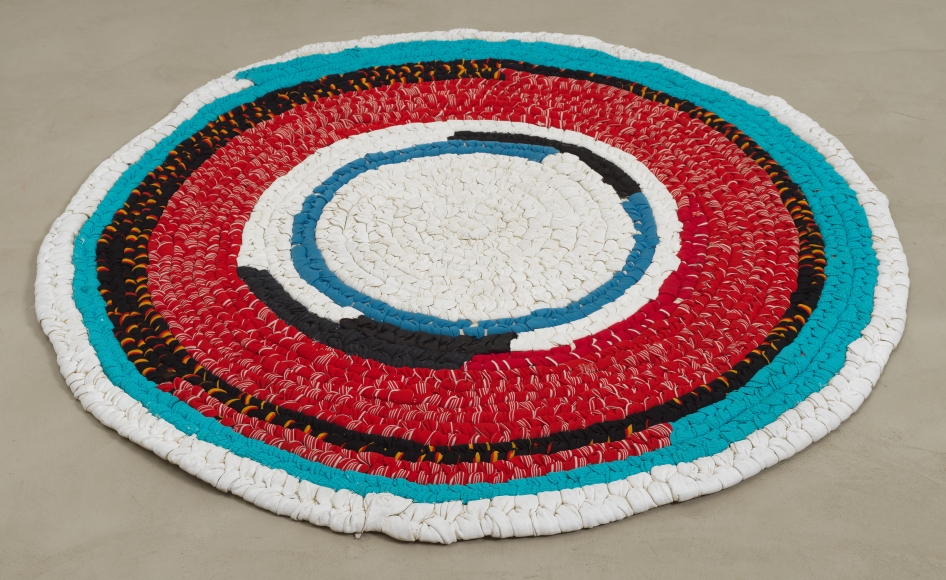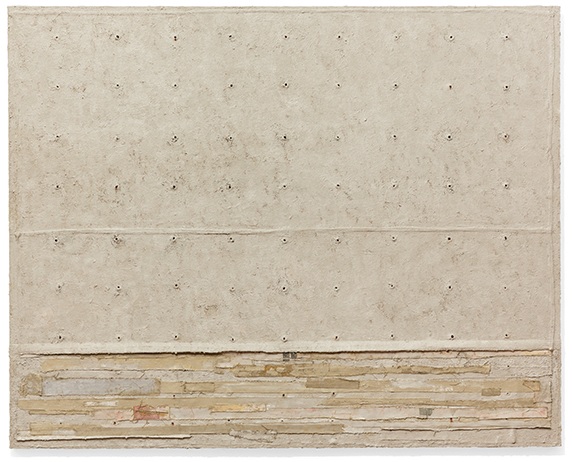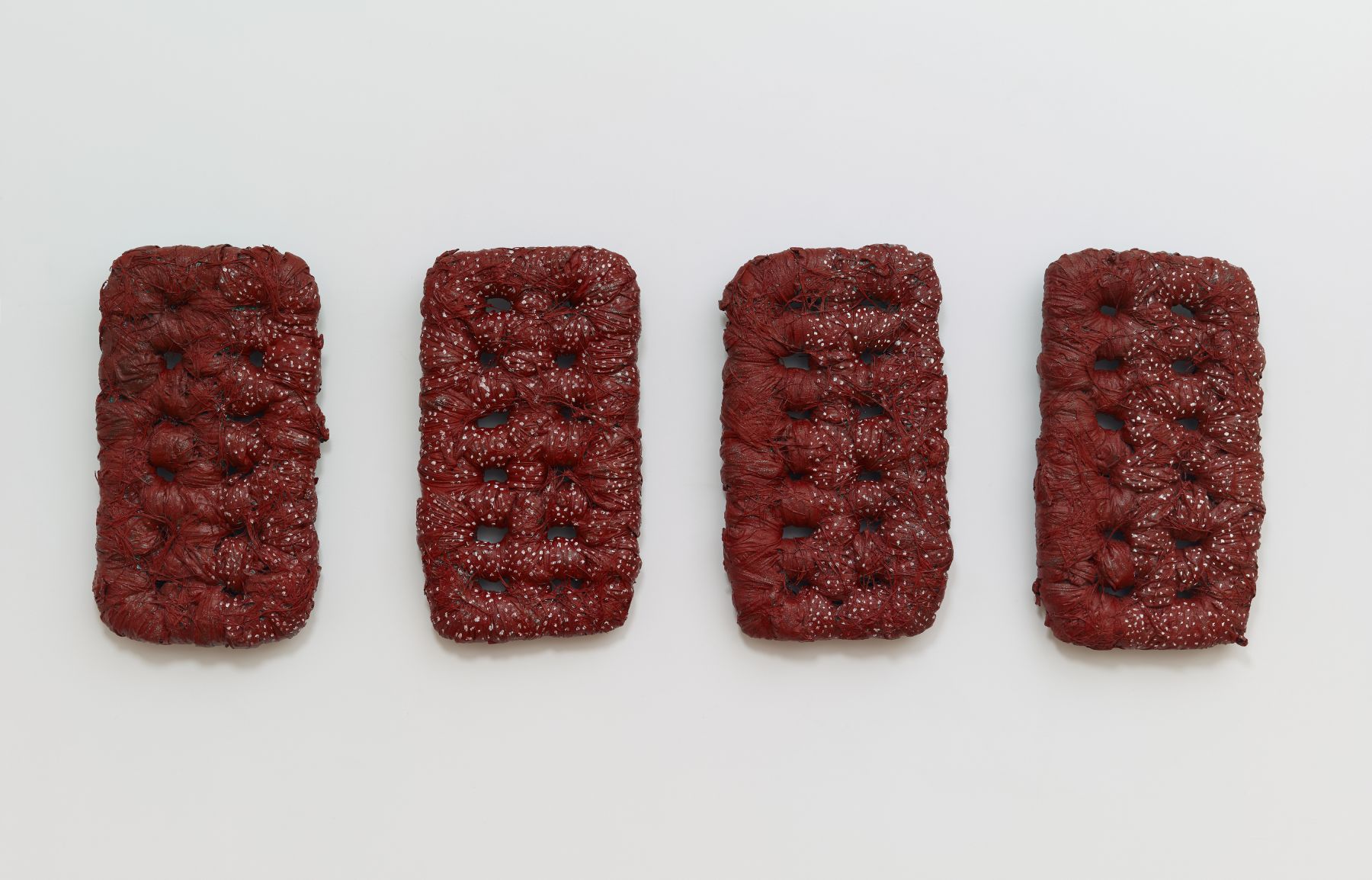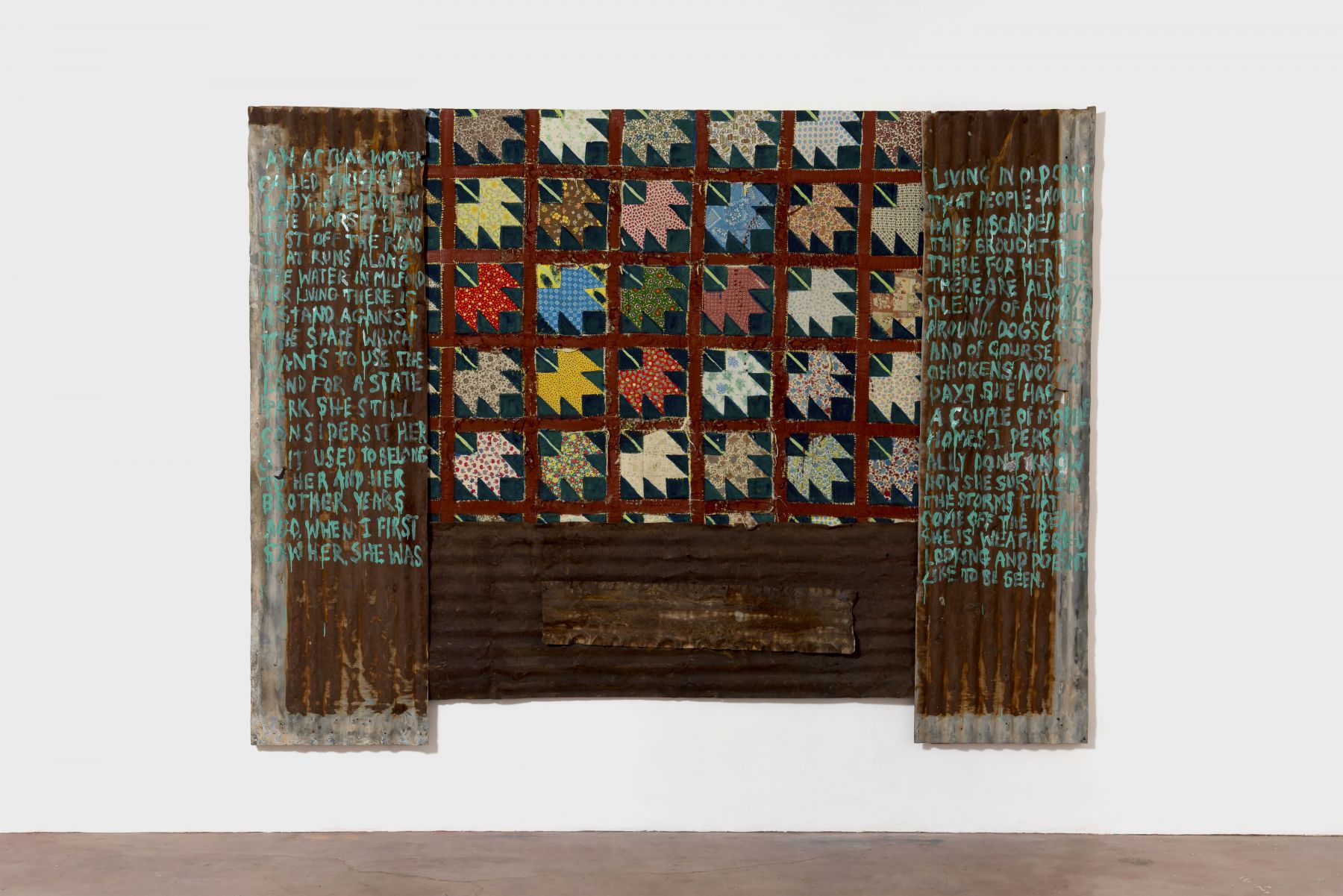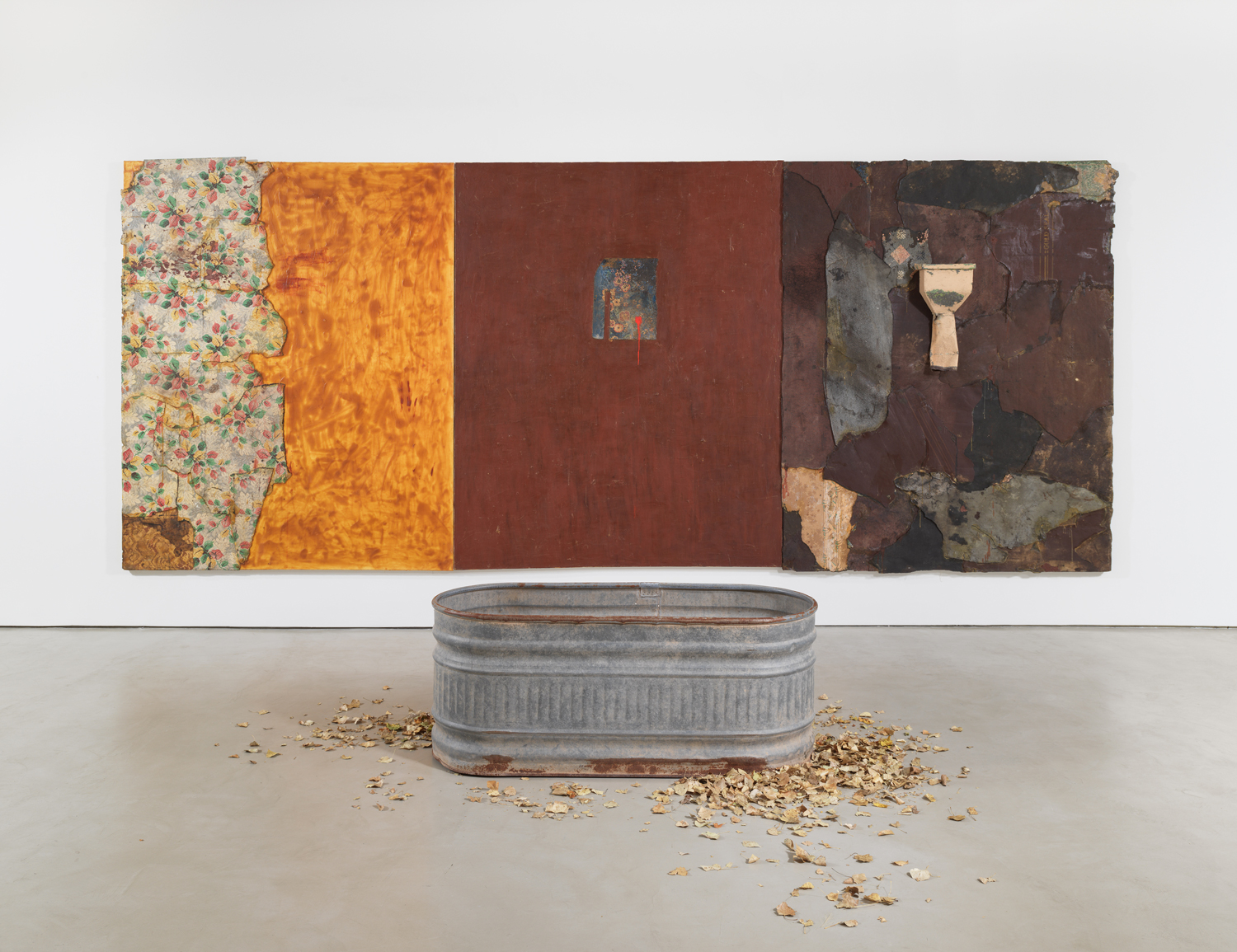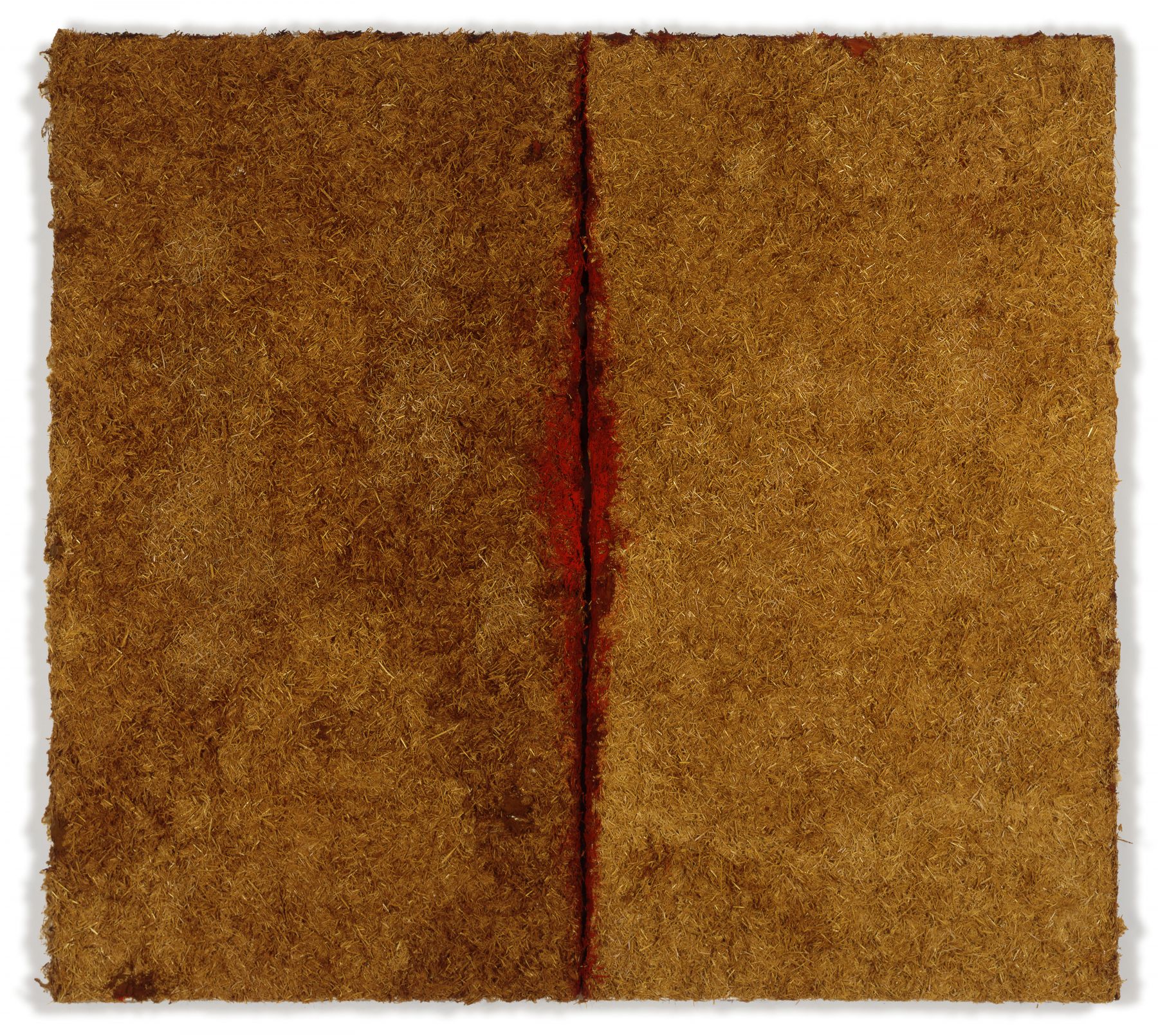“…if we want to talk about what was the radical thing that feminism brought to art, or what did feminist art do that was radical, it was that it insisted upon content and meaning, and it validated the life experiences of women as subject matter and sources for the making, viewing, and critiquing of art. In the early 70’s this was radical — a tremendous breakthrough. Western art hasn’t been the same since.”
In the introduction to her book Lesbian Art in America, Harmony Hammond details the significance of a book devoted solely to work made by lesbian artists. Lesbian art--what she refers to as a “braid with three strands, gender, sexuality, and art”--had experienced centuries of oppressive un-queering and marginalization within the art historical canon. It wasn’t until 1970 that the term “lesbian artist” was even vocalized in the art world. Contextualizing lesbian visual art in a decade where other social movements were gaining traction, Hammond unravels and weaves together a history intended to generate critical dialogue surrounding lesbian art, not simply marking it as a distinct genre, but also grounding it in feminist and visual discourse.
An artist and activist, Hammond played an essential role in introducing lesbian politics to the women’s art movement of the 1970s. She committed herself early on to combating the isolation many lesbian artists felt within the movement. Hammond became a co-founder of A.I.R. in order to establish a platform where women artists could show their work; she sought to do the same for lesbian artists, and adopted a hands on approach, organizing one of the first exhibitions by lesbian artists titled “The Lesbian Show” in 1978, which simultaneously provided space for the women to showcase their work and establish networks of support amongst one another. Hammond also co-founded the feminist magazine HERESIES: A Feminist Publication on Art and Politics, a journal dedicated to creating a living record of the many conversations and issues that occurred between 1977 and 1993. HERESIES initiated a public discourse on sexuality, race, politics, violence against women, and a multitude of other relevant subjects. As an artist Hammond is often labeled a queer abstractionist, and her work focuses primarily on questioning the signifiers of traditionally feminine materials and practices.
In 1973, the same year she came out, Hammond created a series titled Floor Pieces that have since been deemed her most radical works. Floor Pieces consists of several different hand-braided, circular rugs that mimic the traditional braiding technique of domestic handcraft. However, each floor piece is better described as a painting than a rug: painted in a thick coat of acrylic, the works are tightly coiled, braided with scraps of fabric Hammond had collected while rummaging around the Garment District, and have no other function than to be looked at. Their placement on the ground, not to mention their immense size, poses an inconvenience to gallery-goers, who must maneuver around the objects rather than walk aimlessly through the space. Subverting the traditional function of braided rugs allows Hammond to push the limits of art and craft in ways that serve to question he heterogeneity of the domestic sphere.
Harmony Hammond was born in 1944 in Chicago, Illinois. The artist often chafed against the culture of conformity within her small town, and after studying for two years at Millikin University, transferred to the University of Minnesota where she received her BA in 1967. Hammond moved to New York City in 1969 and joined the feminist art movement, which soon led her to becoming involved with A.I.R. as a founding member. Hammond saw in the gallery a valuable opportunity to make work focused on her experiences as both woman and lesbian. Hammond’s work has been shown internationally, notably at the Museum of Contemporary Art of Los Angeles, the Vancouver Art Gallery, the Municipal Museum of The Hague, and Museo Tamayo. In 1984 Hammond relocated to New Mexico with her partner and daughter, where she taught for several years and remains an active member in the local communities around Santa Fe.
member 1972-85 | b. 1944 | New Mexico
+ Select Exhibitions
Harmony Hammond: Material Witness, Five Decades of Art, 2019
Queer Abstraction, 2019
Gay Gotham: Art & Underground Culture in New York, 2017
Harmony Hammond: Six New Sculptures, 1984
+ Selected Press
4Columns (2019) - Harmony Hammond
Artnews (2019) - Going Beneath the Surface: For 50 Years, Harmony Hammond’s Art and Activism Has Championed Queer Women
LA Times (2018) - Review: Harmony Hammond: Boundary-breaking work with a story on its surface
The Brooklyn Rail (2016) - Harmony Hammond with Phillip Griffith
+ Publications
+ Collections
ALTRIA Philip Morris Co., NYC
Baltimore Museum of Art
Bartlet Center for Visual Arts, Oklahoma State University
Best Products, Inc., Richmond, VA
Brooklyn Museum
Chemical Bank, NYC
Chicago Art Institute
Denver Art Museum
Drew University, Madison, NJ
Everson Museum, Syracuse, NY
General Mills Corp., Minneapolis, MN
Grenoble Mills, NYC
Grey Art Gallery, New York University, NYC (Benjamin and Abbey Grey Collection)
Indianapolis Museum of Fine Art, New Brunswick, NJ
Jersey City Museum
Johnson & Johnson Corporate Collection
Lang Communications, NYC
Leslie-Lohman Museum of Gay and Lesbian Art, NYC
Library of Congress Collection
Lyman Allyn Art Museum, New London, Connecticut
Metropolitan Museum of Art, NYC
Minneapolis Institute of Fine Arts
Museum of Contemporary Art Chicago
Museum of Modern Art, NYC
New Jersey State Museum
New Mexico Museum of Art, Santa Fe, NM
New Mexico Arts, State Public Art Collection
Notre Dame University
Orlando Museum of Art
Palmer Museum of Art, Pennsylvania State University
Phoenix Art Museum
Prudential Insurance Co., NYC
Rendez-vous International Sculpture Site, St. Jean Port-Joli, Quebec
Roswell Museum
Ruth Chandler Williamson Gallery, Scripps College
St. Thomas Aquinas Church, St. Paul, MN
St. Thomas More Chapel, Fordham University in the Bronx, NY
The National Museum of Women in the Arts, Washington, D.C.
Tucson Museum of Art
University Art Museum, University of New Mexico, Albuquerque, NM
University of Massachusetts, Amherst, MA
Wadsworth Atheneum, Hartford, CT
Walker Art Center, Minneapolis, MN
Weatherspoon Museum of Art, Greensboro, NC
Weisman Museum, University of Minnesota, Minneapolis, MN
Wesleyan University
Western Michigan University, Kalamazoo, MI
Whitney Museum of American Art, NYC
+ Website
